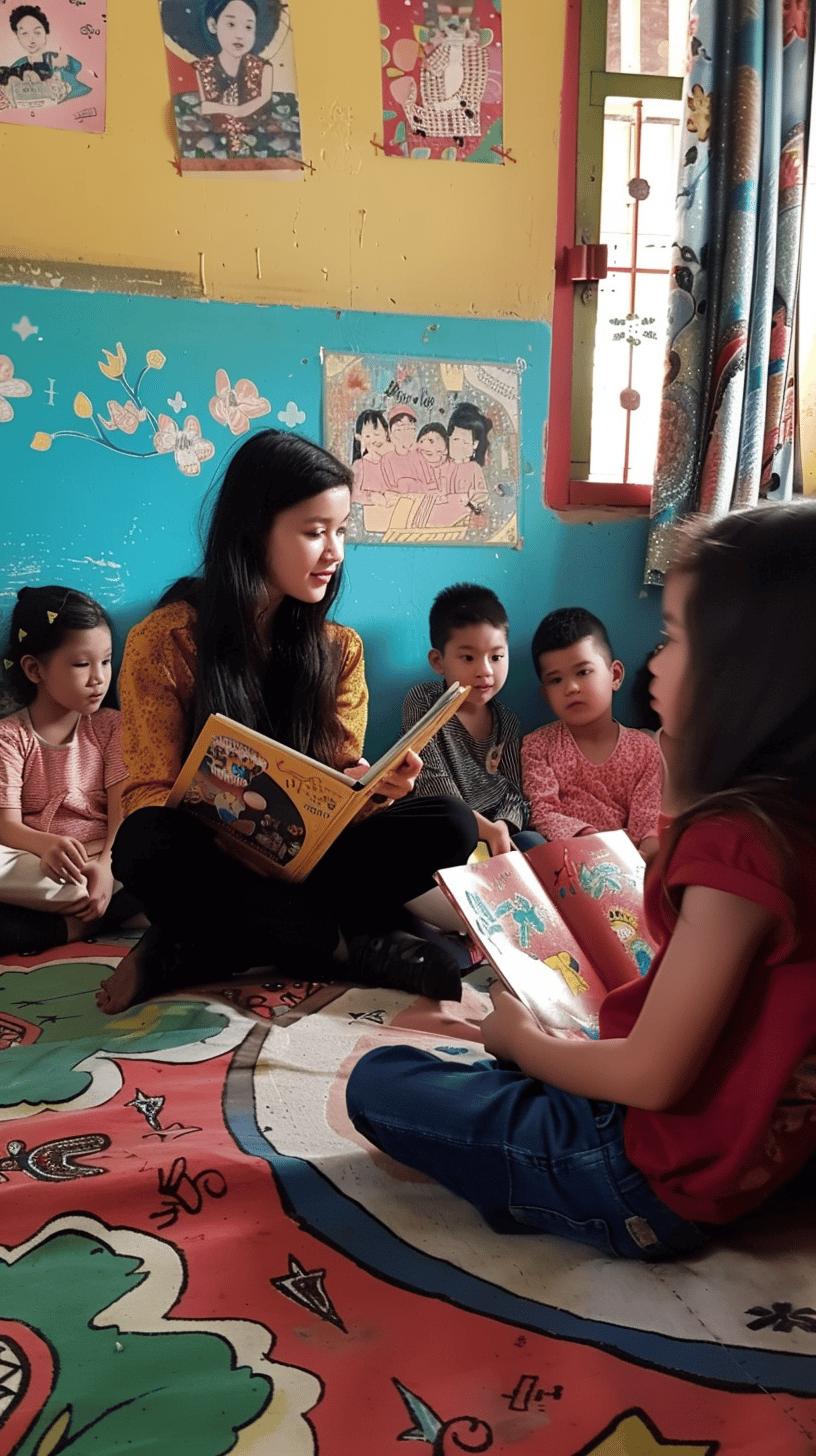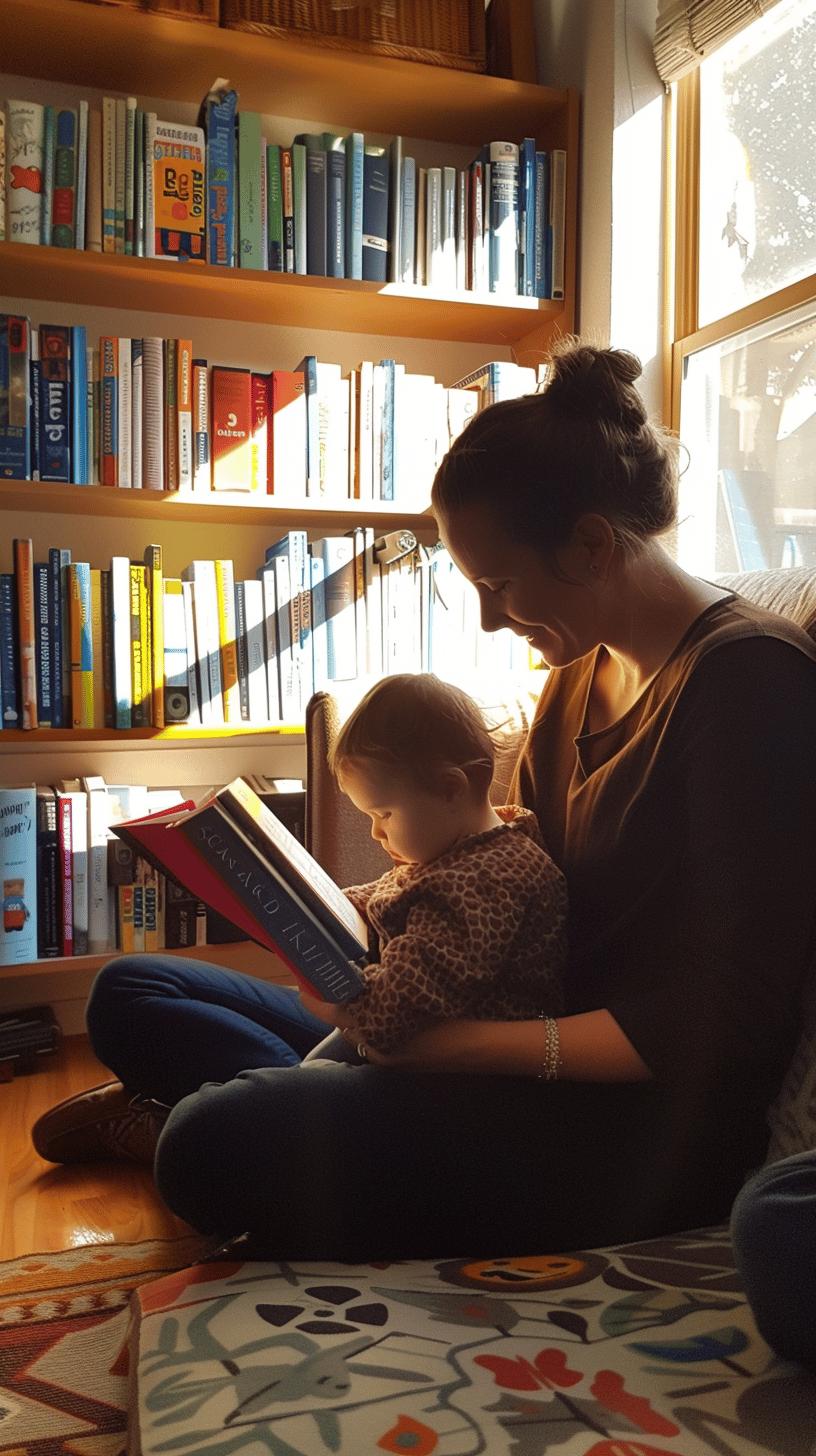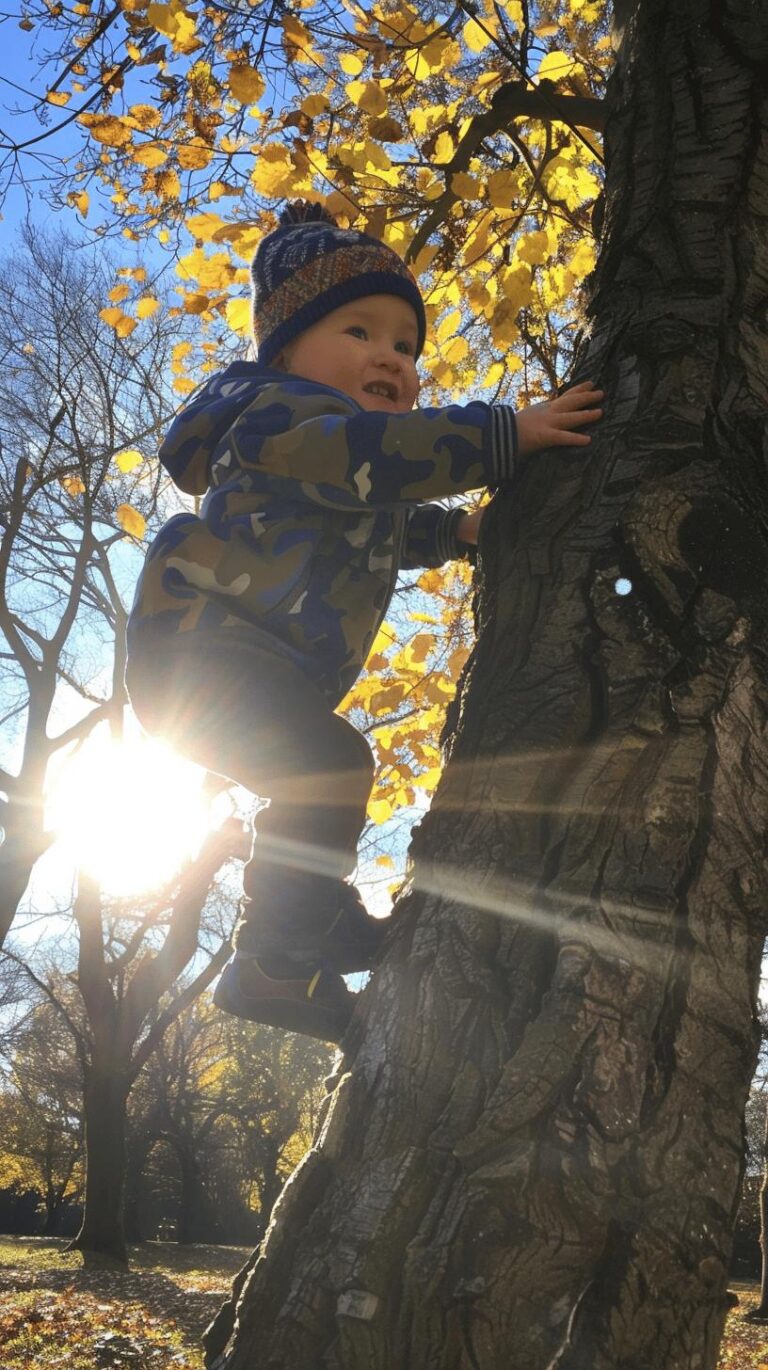Techniques for Teaching Kids Empathy and Kindness
Ever wondered why some kids naturally show kindness while others don’t?
Teaching empathy and kindness can seem tricky, but it's not impossible.
In this post, I’ll share simple techniques I've used with my own kids that actually work.
You’ll find practical tips and activities for nurturing these crucial traits in your little ones.
Ready to help your kiddos grow into compassionate, caring adults?
Let’s dive in!
Understanding the Basics of Teaching Empathy and Kindness
Empathy is the ability to sense and relate to other people’s feelings. It’s the emotional glue that connects us to others, fostering kindness and compassion in our relationships. Kindness, on the other hand, is the act of being considerate and helpful to others. Teaching kids empathy and kindness encourages them to be mindful of their actions and words, promoting positive and kinder interactions with peers.
Empathy begins to develop at a very early age. Newborns can show distress reactions to the sound of another crying baby, which is a primitive form of empathy. As children grow, their ability to understand and share the feelings of others evolves. By preschool age, kids start to recognize others’ emotions and may try to comfort someone who is upset. School-aged children can take another's perspective and understand more complex emotional situations, allowing for deeper empathic responses.
Benefits of Teaching Empathy and Kindness:
- Improves social skills: Kids who understand empathy are better at interacting with their peers.
- Reduces bullying: Empathetic children are less likely to engage in or tolerate bullying.
- Enhances emotional intelligence: Understanding and managing emotions is key to personal development.
- Builds stronger relationships: Empathy and kindness are the foundation of deep, meaningful connections.
- Promotes mental well-being: Acts of kindness and understanding others’ feelings contribute to a positive self-image and emotional health.
Teaching empathy and kindness has long-term impacts on children’s lives. These values help them grow into considerate, compassionate adults who can build strong, healthy relationships. Empathetic individuals are often more successful in collaborative environments and are better equipped to handle social challenges. By embedding empathy and kindness into daily routines, we set the stage for a more caring and understanding future generation.
Effective Techniques for Teaching Empathy and Kindness

Modeling empathy is one of the most powerful ways to teach children. When kids see their parents and caregivers demonstrating empathetic behavior, they are more likely to imitate it. This means showing genuine concern for others' feelings, listening actively, and acknowledging emotions. It helps children understand that empathy is a valued and practiced behavior, not just a theoretical concept. Positive parenting and emotion coaching can further support this by helping children develop self-regulation skills, which are crucial for empathy.
Discussing emotions and using stories can also be very effective. Talking about feelings helps children recognize and name their own emotions, as well as those of others. Stories, whether read from books or told from personal experiences, offer relatable examples of empathetic behavior. They allow children to see the world from different perspectives, helping them understand and relate to others' experiences. Understanding the impact of guilt and shame on a child's empathic responses can guide these discussions, making them more impactful.
Specific Techniques for Teaching Empathy and Kindness:
- Role-playing: Act out different scenarios to help children practice responding empathetically.
- Emotion charades: Play a game where children guess emotions based on facial expressions and body language.
- Reading together: Choose books that highlight empathetic characters and discuss their actions.
- Daily check-ins: Ask your child how they felt during the day and discuss any moments of empathy they experienced or witnessed.
- Acts of kindness: Encourage children to engage in small acts of kindness, like helping a friend or sharing toys.
By incorporating these techniques into daily life, we can nurture empathy and kindness in children, helping them grow into compassionate individuals.
Age-Appropriate Activities to Foster Empathy and Kindness
Age-appropriate activities are crucial in teaching empathy and kindness because they cater to a child's developmental stage, making it easier for them to understand and practice these values. Tailoring activities to different age groups ensures that the lessons are both effective and engaging.
Activities for Ages 3-5
For younger children, simple activities like labeling feelings and drawing emotions can be very effective. Start by helping them identify basic emotions such as happy, sad, angry, and scared. Use picture books or emotion cards to show different facial expressions and ask your child to label them. Drawing emotions is another fun way for kids to express how they feel. Provide them with crayons and paper, and encourage them to draw faces that show different feelings. This helps them recognize and articulate their own emotions and those of others.
Activities for Ages 6-8
Kids in this age group can handle more complex activities like roleplaying and emotion charades. Roleplaying exercises for empathy can involve acting out different scenarios, such as comforting a sad friend or sharing toys. This helps children practice responding with empathy in real-life situations. Emotion charades is another fun game where children take turns acting out different emotions while the others guess. This activity enhances their ability to read body language and facial expressions, crucial skills for developing empathy.
Activities for Ages 9-12
Older children can engage in activities like acts of kindness and discussing scenarios. Encourage them to perform small acts of kindness, such as helping a sibling with homework or making a get-well card for a sick friend. Discussing hypothetical scenarios is also effective. Present them with situations where someone might need empathy, like a new student feeling left out, and ask how they would respond. These discussions help children think critically about empathy and apply it in various contexts.
| Activity | Age Group |
|---|---|
| Labeling feelings | 3-5 |
| Drawing emotions | 3-5 |
| Roleplaying | 6-8 |
| Emotion charades | 6-8 |
| Acts of kindness | 9-12 |
| Discussing scenarios | 9-12 |
Using Books and Stories to Teach Empathy and Kindness

Stories and books are powerful tools for teaching empathy and kindness to children. They offer relatable scenarios that help kids understand and connect with the emotions of others. When kids read about characters who experience various feelings and challenges, they learn to put themselves in those characters' shoes. This helps them develop empathetic responses in real-life situations. Books provide concrete examples of empathetic behavior, making abstract concepts easier for children to grasp.
Reading together lets you discuss the characters' feelings and actions, deepening your child's understanding of empathy and kindness. As you read, pause to ask questions like, "How do you think this character feels?" or "What could they do to help their friend?" These discussions encourage kids to think critically about emotions and consider the impact of their actions on others. By engaging in these conversations, you help children practice empathy and kindness in a safe and nurturing environment.
Recommended Books for Teaching Empathy and Kindness:
- "The Invisible Boy" by Trudy Ludwig
- "Have You Filled a Bucket Today?" by Carol McCloud
- "Last Stop on Market Street" by Matt de la Peña
- "Wonder" by R.J. Palacio
- "Each Kindness" by Jacqueline Woodson
Incorporating Empathy and Kindness into Daily Routines
Making empathy activities a regular part of daily life helps kids learn to tune into others’ feelings. Consistent practice embeds these values deeply, making them second nature. By integrating simple acts of empathy and kindness into daily routines, children can develop a natural habit of considering others' emotions and needs. This regular exposure not only makes empathy a comfortable and familiar concept but also reinforces its importance.
Engaging in specific family activities can further promote kindness at home. Practicing gratitude as a family is a great start. Take a moment each day to share something you’re thankful for, which helps children appreciate what they have and recognize the efforts of others. Encouraging sharing, whether it’s toys, books, or even screen time, helps kids understand the joy and importance of giving. Positive reinforcement is another powerful tool; acknowledging and praising kind actions encourages kids to repeat them. Creating opportunities for family discussions about feelings can also be beneficial. Ask your kids how their day went and how they felt about certain events, which promotes emotional awareness and empathy.
Daily Activities to Promote Empathy and Kindness:
- Gratitude Journals: Encourage kids to write down things they are thankful for daily.
- Sharing Duties: Rotate chores to help children understand teamwork and the importance of helping each other.
- Compliment Circle: At dinner, each family member says something nice about another.
- Acts of Kindness Jar: Fill a jar with kind actions that kids can pick and perform each day.
- Emotion Check-ins: Regularly ask children how they feel and discuss those emotions.
The long-term benefits of incorporating empathy and kindness into daily routines are immense. Children who regularly practice these values are likely to grow into compassionate adults who can build strong, healthy relationships. These habits also foster emotional intelligence, making it easier for kids to navigate social interactions and challenges. Ultimately, a home environment that prioritizes empathy and kindness sets the foundation for a more caring and understanding future generation.
Final Words
Teaching empathy and kindness helps kids build caring relationships and understand other people's feelings. We've explored developmental stages and gave techniques like modeling empathy and using stories. We also discussed age-appropriate activities and incorporating these values into daily routines.
Using these techniques for teaching kids empathy and kindness will make a big difference in their lives. Start today, and watch as they grow into more compassionate individuals.
FAQ
How do you teach a child kindness and empathy?
Teaching empathy and kindness involves modeling empathetic behaviors, discussing emotions, using stories to illustrate examples, and engaging in role-playing activities.
How do you teach empathy to kids in the classroom?
In the classroom, use emotion coaching, group discussions, and empathy-building activities like sharing stories and role-playing scenarios.
How to teach empathy to a 7-year-old?
Explain emotions through storytelling, encourage them to talk about their feelings, and engage in role-playing exercises to help them understand and practice empathy.
How to teach empathy to a 12-year-old?
Discuss complex emotions, watch movies or read books with empathetic characters, and create opportunities for them to volunteer or help others.
How to teach empathy to ADHD child?
Use clear and consistent communication, incorporate emotion labels into daily routines, and practice empathy-building activities with a focus on patience and understanding.
How to teach empathy to teenagers?
Utilize real-life examples, engage in deep discussions about feelings and perspectives, and encourage volunteer work or community service.
How to teach empathy to students?
Incorporate empathy exercises into the curriculum, use collaborative projects, and create a classroom culture that values kindness and understanding.
How to teach empathy to adults?
Engage in active listening exercises, encourage open dialogue about emotions, and model empathetic behaviors in everyday interactions.
What are some empathy techniques?
Techniques include modeling empathetic behavior, discussing emotions regularly, using stories and books, engaging in role-playing, and practicing acts of kindness.







